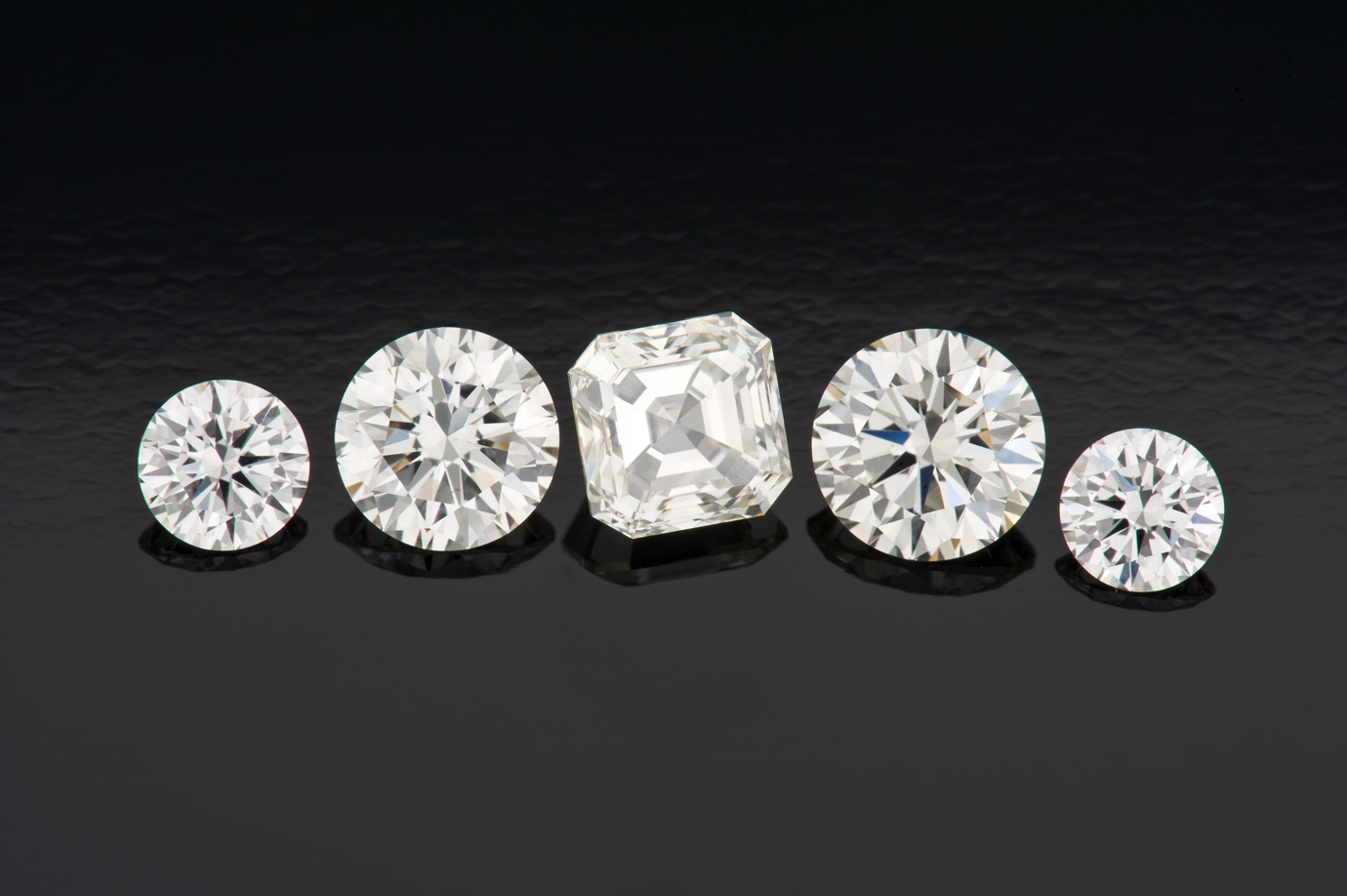
When we talk about diamonds, we often think of the sparkling gemstones mined from deep within the Earth. However, there’s another type of diamond that’s gaining popularity: lab grown diamonds. In this article, we’ll delve into the world of lab grown diamonds, focusing particularly on those produced through the Chemical Vapor Deposition (CVD) process.
Table of Contents
How Lab Grown Diamonds Are Made
Lab grown diamonds, as the name suggests, are created in a controlled laboratory environment rather than being formed naturally underground. The CVD process involves placing a small diamond seed in a sealed chamber filled with a hydrocarbon gas, such as methane. When the chamber is heated to extreme temperatures, the gas molecules break down, releasing carbon atoms that settle onto the diamond seed, gradually building up layer by layer until a diamond is formed.
Advantages of CVD Diamonds
One of the key advantages of lab grown diamonds cvd is their environmental friendliness. Unlike traditional diamond mining, which involves extensive land excavation and can have detrimental effects on ecosystems, lab grown diamonds have a significantly lower environmental impact. Additionally, the CVD process allows for greater control over the diamond’s characteristics, resulting in high-quality gems that are virtually indistinguishable from natural diamonds.
Moreover, CVD diamonds are more cost-effective to produce compared to their mined counterparts. This means that consumers can enjoy the beauty and luxury of diamonds without breaking the bank. Furthermore, CVD diamonds exhibit exceptional purity and clarity, making them an attractive option for jewelry enthusiasts and manufacturers alike.
Applications of CVD Diamonds
The versatility of CVD diamonds extends beyond the realm of jewelry. These synthetic gems find applications in various industries, including electronics, optics, and even healthcare. Due to their exceptional hardness and thermal conductivity, CVD diamonds are used in cutting-edge technologies such as high-power lasers, thermal management systems, and quantum computing.
In the realm of jewelry, lab grown diamonds cvd are becoming increasingly popular among consumers who value ethical and sustainable practices. With their conflict-free origins and traceable supply chain, CVD diamonds offer peace of mind to conscientious buyers.
Comparison with Natural Diamonds
While CVD diamonds share many similarities with natural diamonds, there are also notable differences. Chemically, both types of diamonds consist of pure carbon atoms arranged in a crystalline structure. However, CVD diamonds often exhibit fewer inclusions and impurities, resulting in superior clarity and brilliance.
From a physical perspective, CVD diamonds possess similar hardness and durability to natural diamonds, making them suitable for everyday wear. However, some purists argue that natural diamonds possess a certain mystique and rarity that cannot be replicated by their lab grown counterparts.
Quality and Certification
To ensure transparency and consumer confidence, reputable manufacturers adhere to stringent quality standards when producing CVD diamonds. These standards encompass various factors such as color, clarity, cut, and carat weight, which are evaluated by independent gemological laboratories.
When purchasing CVD diamonds, it’s essential to seek certification from recognized organizations such as the Gemological Institute of America (GIA) or the International Gemological Institute (IGI). These certifications provide assurance regarding the authenticity and quality of the diamonds.
Market Trends
In recent years, the demand for CVD diamonds has surged, driven by shifting consumer preferences towards sustainable and ethically sourced products. This trend is reflected in the growing number of jewelry brands offering lab grown diamond options to cater to environmentally conscious consumers.
Moreover, advancements in diamond synthesis technology have led to increased production efficiency and reduced manufacturing costs, further fueling the market growth. As awareness of the benefits of CVD diamonds continues to spread, industry analysts project sustained expansion in the coming years.
Myths and Misconceptions
Despite the numerous advantages of CVD diamonds, there are still lingering myths and misconceptions surrounding these synthetic gems. One common misconception is that lab grown diamonds are of inferior quality compared to natural diamonds. In reality, CVD diamonds undergo rigorous quality control measures to ensure they meet industry standards.
Another myth is that CVD diamonds lack investment value. While it’s true that natural diamonds have historically been viewed as valuable commodities, the rising popularity of lab grown diamonds suggests a shifting paradigm in consumer attitudes. As technology continues to improve and production costs decrease, CVD diamonds may become increasingly sought after by investors.
Future Outlook
Looking ahead, the future of CVD diamonds appears promising. Ongoing research and development efforts are focused on enhancing diamond synthesis techniques and expanding the range of available colors and sizes. Additionally, collaborations between industry stakeholders and sustainability advocates aim to further improve the ethical and environmental credentials of lab grown diamonds.
As consumer awareness grows and demand for sustainable products continues to rise, CVD diamonds are poised to play a significant role in the jewelry market of tomorrow. With their ethical origins, superior quality, and limitless potential, lab grown diamonds represent not just a trend, but a sustainable solution for the future.
Conclusion
In conclusion, lab diamonds produced through the CVD process offer a compelling alternative to traditional mined diamonds. With their environmental sustainability, cost-effectiveness, and exceptional quality, CVD diamonds are reshaping the jewelry industry landscape. As consumers increasingly prioritize ethical and sustainable practices, the demand for lab grown diamonds is expected to soar, paving the way for a more sustainable and transparent diamond market.
